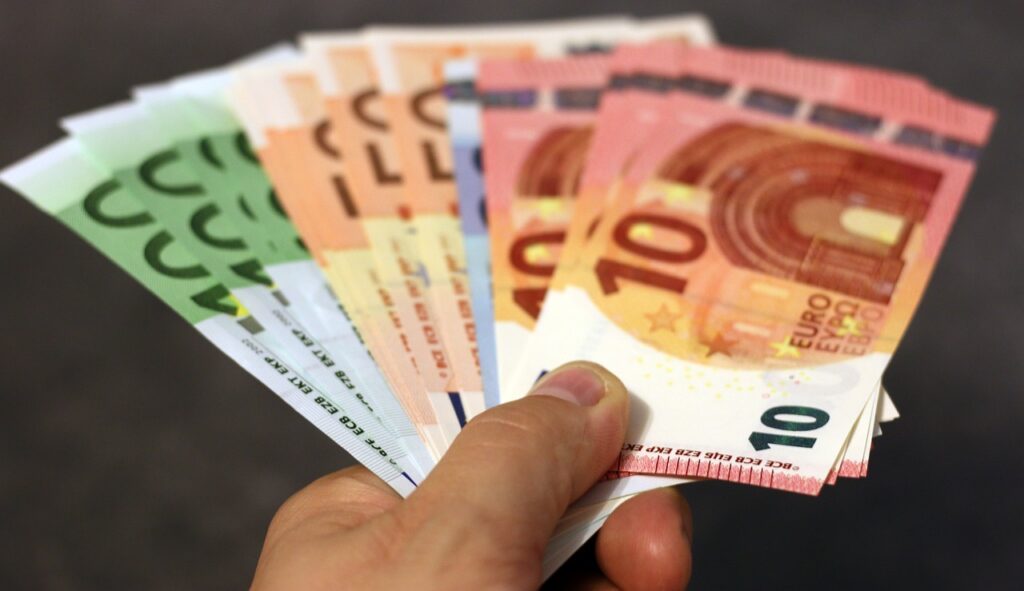White Summit Capital is set to invest €250 million ($267 million) in a green hydrogen and methanol plant in Gijon, Spain.
This strategic move aims to meet the rising demand for cleaner fuels among shippers seeking to reduce emissions, leveraging both green hydrogen and captured carbon dioxide for e-methanol production. Supported by EU funds, the plant will feature 50 megawatts (MW) of electrolysis capacity, with plans to double this capacity post-2027.
Green methanol is increasingly recognized for its potential to decarbonize industries that are challenging to electrify, such as maritime transport. By using hydrogen produced from renewable energy sources and captured CO2, e-methanol offers a sustainable alternative to traditional fossil fuels. This aligns with broader industry efforts to reduce greenhouse gas emissions and adhere to stricter environmental regulations.
White Summit Capital’s investment is significant, but it must be contextualized within the broader hydrogen sector. The planned 50 MW electrolysis capacity is modest compared to global benchmarks. For instance, China aims to add 2.5 gigawatts (GW) of electrolysis capacity in 2024 alone. This highlights the competitive nature of the global green hydrogen market and underscores the need for substantial scaling to make a global impact.
With a plan to add 2.5 GW of electrolysis capacity in 2024, China’s commitment dwarfs White Summit’s initial 50 MW capacity. This comparison illustrates the vast disparity in scale between different regional investments.
Europe and the U.S. are also ramping up their hydrogen investments. The U.S. Inflation Reduction Act of 2022 and Europe’s significant projects, like the GALP project in Portugal, reflect a competitive and rapidly evolving market.
